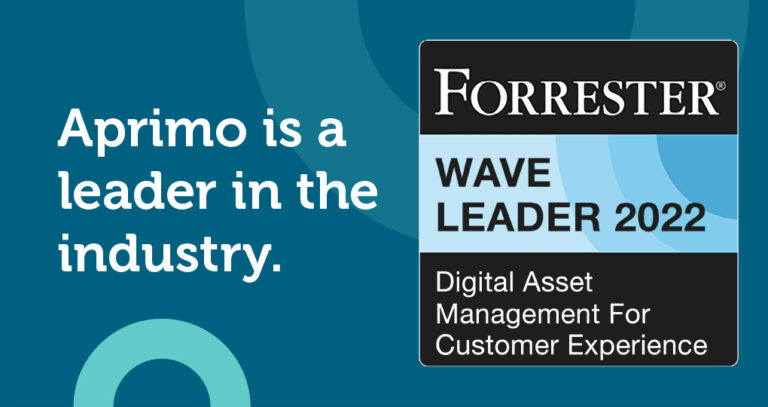The Art of Content Calendar Management: Tips for Success


Do you want to know the key to implementing your marketing strategy successfully? Content calendar management.
It’s much more than just marking down a publication date on your calendar. Content calendar management involves strategically planning and organizing content creation, publication, and distribution to ensure that you’re consistent in boosting your brand’s visibility.
By understanding the importance of content calendar management and learning how to execute it productively, you can maximize the effectiveness of your content marketing efforts.
Understanding the Importance of Content Calendar Management
Your content is a representation of your brand, so it’s crucial to stay on top of your content calendar management. It’s the foundation for content consistency and quality.
People notice when a social media page gets stagnant, or when a post’s tone is not aligned with the company’s brand voice. Since your content can reach thousands or even millions of potential customers, you want to make sure that it portrays your brand in the best light. Content calendars align your communications with your business objectives, and they directly impact your content consistency, audience engagement, and brand visibility.


Crafting a Strategic Content Calendar
To craft the perfect calendar for your content operations, follow this simple three-step formula.
1. Establish Content Goals and Objectives
Different businesses will have different goals when it comes to creating content, so you should define your objectives as precisely as possible.
If your main goal is to generate leads, you should aim to publish content more often in order to reach more potential customers. Your content should be formulated to attract fresh eyes and pitch the benefits of your products or services.
If one of your main priorities is to retain existing customers, you would need to adopt a different approach. Instead of focusing on hype, you would focus on value and addressing specific customer needs. This might involve in-depth tutorials for individual buyer personas or more technical articles on client pain points.
2. Identify Your Target Audience and Create Buyer Personas
Once you?ve determined your objectives, you can identify your target audiences and customize buyer personas within that group. Work closely with your market research team to understand what makes your audience tick.
How would you describe your ideal customer? What motivates them, and how do their preferences shape their behavior? By standing in your audience’s shoes, you can craft engaging content that resonates with them.
3. Align Content with Business Objectives and Marketing Strategy
It’s easy to get lost in the details, but don’t lose sight of your overall business objectives and marketing strategy. Your content should always reflect the brand’s messaging, values, and unique selling proposition.
Media-savvy consumers can spot fake posturing or a misaligned voice. Define your values and stick to them ? it’ll earn you more respect and loyalty from your clients.
Developing a Content Calendar Framework
Developing a strong content calendar framework will offer your content and marketing teams a higher level of organization and efficiency when it comes time to execute individual pieces of content. Here are a few things to keep in mind:
-
Weekly, Monthly, and Quarterly Planning Cycles: Weekly cycles are better for time-sensitive updates or short-term content goals. Monthly and quarterly cycles are more suited to long-term marketing strategies and releasing high-value content assets such as white papers or company reports.
-
Balancing Evergreen and Time-Sensitive Content: Incorporate a mix of evergreen and time-sensitive content in your calendar. Evergreen content retains its value and relevancy over a long period, while time-sensitive content capitalizes on contemporary trends or current events.
-
Incorporating Themes and Campaigns for a Cohesive Narrative: Identify a few general themes and weave these throughout your content to create a more cohesive narrative. For example, if your brand is a champion of social causes, this will be a common thread for your audience to engage with. If you aim to project an authoritative voice, craft campaigns around moments of your brand’s leadership within its industry.


Streamlining Workflow and Collaboration
When you adopt strong content calendar management strategies, you’ll quickly notice how effective it is at streamlining workflow and collaboration within your team and organization.
Having a central point of reference for different team members reduces confusion and overlap while boosting efficiency and communication. Using collaboration tools allows team members to share ideas and provide feedback in real time.
Of course, you may still have to check in every once in a while in a good old-fashioned meeting. But having a live content calendar that everyone can reference will help maintain a unified vision and keep everyone on track as they work towards achieving shared goals.
Adapting to Trends and Seasonality in Content
A fundamental part of managing your content calendar is incorporating seasonal and industry trends. Not only does this provide jumping-off points for new forms of content, but it also helps your organization stay relevant and engage with its target audience effectively.
This can be as basic as scheduling posts to line up with national holidays or shopping events like Black Friday. In addition, monitor upcoming events and trends in your industry and target these moments ahead of time in your content planning cycles.
But it goes deeper than that as well. Utilize different forms of data analytics to gain insight into your audience’s behavior. What times of the week and times of the day do they most frequently engage with your content? B2B and B2C businesses will likely have different peak engagement periods, so tailor your publishing schedules accordingly.


Metrics and Analytics for Content Calendar Optimization
It’s not enough to set your objectives at the beginning of the planning stage. You need to track performance throughout to understand if you’re meeting your objectives or if you need to get back to the drawing board.
Think about which KPIs will help you track the success of your content. Some common KPIs for content management include:
-
User engagement
-
Website traffic
-
Customer conversion rate
-
Bounce rates
-
Time spent on localized content
-
User demographics
-
Return visits
-
Click-through rate (CTR)
By leveraging analytics tools, you can gain insight into how your actions are driving performance. For instance, if your content is performing poorly in a certain region, do you need to increase the amount of localized content to boost engagement? Run some experimental campaigns based on your hypothesis and use the data to back up your findings.
It’s easy to get overwhelmed by the amount of data that’s available for quantifying audience behavior. But a mountain of data is useless if it doesn’t lead to positive results. Start by selecting a few areas where you want to improve, such as increasing traffic to specific product pages on your website, and make iterative improvements based on the data-driven insights.
Frequently Asked Questions
How often should a business update its content calendar?
It doesn’t hurt to post 2-3 times a week to keep your brand in the forefront of your audience’s mind, but there’s no perfect formula for determining how often to update your content calendar. Your organizational size, industry, and audience are all important factors to consider. For example, an online entertainment publication will need to update its content far more frequently than an insurance provider.
What role do analytics play in content calendar management?
Analytics can help identify trends, understand user preferences, and visualize large amounts of data. It’s crucial to incorporate data in all aspects of your content management strategy so that you have quantitative information to back your decisions.
How can a business ensure consistency in content creation?
Consistency in content creation comes from establishing clear content creation workflows and guidelines. Having a well-thought-out style guide and brand voice helps content creators, editors, and marketers work together to craft content that stays true to the brand. Make sure various stakeholders are involved in this process to hear from a diverse range of voices.
Is it necessary to invest in a content calendar management tool?
By investing in a content calendar management tool, you’re streamlining multiple processes and ensuring a higher degree of efficiency down the content creation pipeline. They help businesses stay organized, track progress, and ensure that content is published on time.




